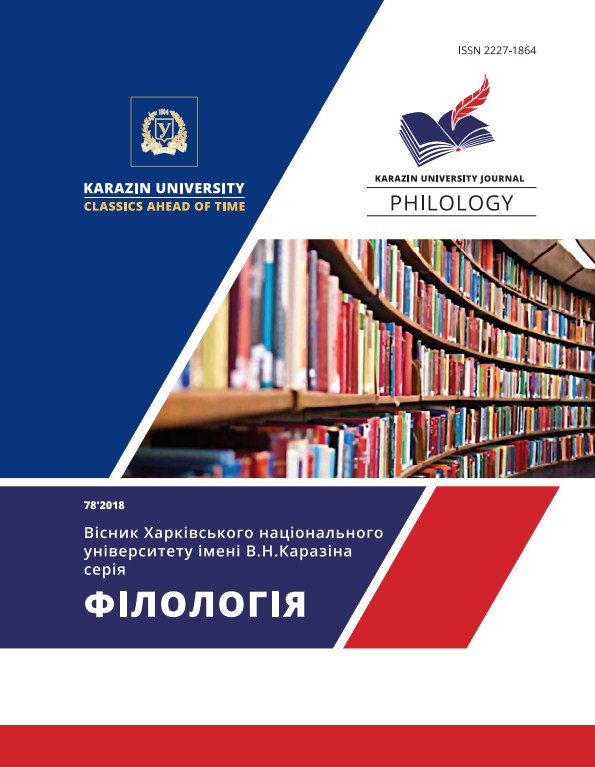The opposition «will – nilly» in the drama of Lesya Ukrainka (in connection with learning in school)
Abstract
In this article we are talking about ways of studying works of Lesja Ukrainka in the school in the light of the latest technology trenovane according to the State standard of basic and full General secondary education regarding the formation of competences at students. It is emphasized that the issues her work has a clear oppositional traits, central among which are the notions of will and bondage, captivity and liberationmethods, techniques and ways analysis programmnih pieces. In the spotlight – the problem of freedom and unfreedom in the drama writer, technical procedures, priami and path analysis programmnih works, tasks and questions for students, material for the teacher lectures. Lesya Ukrainka calls not to shy away from the land, the people of the people, their language and customs, and do their utmost to be a true patriot-Ukrainian. The work really depicts the hard and tragic destiny of Ukraine, the relations between Ukraine and Russia, is opposed to deep patriotism and betrayal, it speaks of perseverance in the vitality of the forces of the poor nation, its liberation and rebirth. Offers theoretical material and the methodical recommendations for study of the pieces provided by the program in literature for secondary schools. Keywords: dramatic poem, path analysis, heuristic conversation, problem, freedom, nilly.
Downloads
References
Агеєва В. Поетеса зламу століть. Творчість Лесі Українки в постмодерній інтерпретації: Монографія. – К. : Либідь, 1999. – 264 с.
Бичко А. Леся Українка: Світоглядно-філософський погляд. – К. : Український Центр духовної культури, 2000. – 186 с.
Ломонос Є. Вивчення творчості Лесі Українки. Посібник для вчителів / Є. Ломонос. - К. : Рад. Школа, 1987. – 208 с.
Міщенко Л. Леся Українка: Посібник для вчителів. – К., 1986. – 303 с.
Тудор С. Визволення слова // Тудор С. Вибрані твори : У 2 т. – Б.м., б.р. – Т. 2. – 543 с.
Українка Леся. Зібрання творів : У 12 т. / АН УРСР. – К., 1977. – Т. 5. – 400 с.




